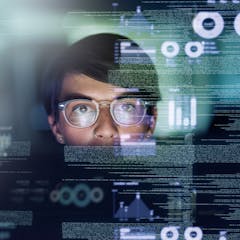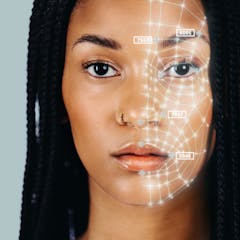
Articles on Artificial intelligence (AI)
Displaying 1 - 20 of 1315 articles

ASIO chief says technology companies should do more to work with security agencies to ensure access to encrypted messages, where that access is lawful.

AI is enabling a huge number of decisions about who to target. They are not always the right ones.

The rise of generative AI and its effect on war-gaming will fundamentally transform how senior military and political leaders plan and prepare for war.

The Rotorua woman wrongly identified by a supermarket facial recognition system says ethnicity was a ‘huge factor’. Her case shows why human-centered design is needed to avoid misuse, bias and harm.

Ethics is often neglected in engineering education, two researchers write, despite mounting questions about how to responsibly design artificial intelligence programs.

Many existing explainable artificial intelligence systems produce explanations that are tailored to individualist, typically western, populations.

AI chatbot makers’ restrictive use policies hinder people’s access to information.

There’s no escaping generative AI as it infiltrates our workplaces and daily lives. Learning what these tools can do will help you understand their full impact.

With 17 billion internet-connected devices worldwide, AI is subtly creeping into our everyday lives – and making us more vulnerable to cyberattacks.

Modelling bolsters idea that fact checking is a useful defence against the flow of disinformation.

A recent study of the car loans sector showed that a machine learning algorithm could make decisions that were 34% more profitable than salespeople in dealerships.

New research found a way to both improve the accuracy of deepfake detection algorithms while also enhancing fairness.

Brain scanners and AI can turn brainwaves into streams of text – but language only captures a tiny fraction of our mental experience.

Stereotypes can creep in if ‘culturally sensitive’ robots are not designed with great care.

The education technology sector constantly offers new products to solve old problems. Will anything be different this time?

Revelations by an investigative journalist that Israel is using AI to identify and target suspected Hamas members have shone a light on a frightening new aspect of warfare.

Meta and OpenAI are working to incorporate planning abilities into their AI systems.

AI has the potential to diminish the human experience in several ways. One particularly concerning threat is to the ability to make thoughtful decisions.

The Canadian government’s proposed legislation to regulate artificial intelligence doesn’t address the government’s own applications. More oversight and consultations are needed to protect Canadians.

The age of AI warfare has arrived – and it’s not looking good.
